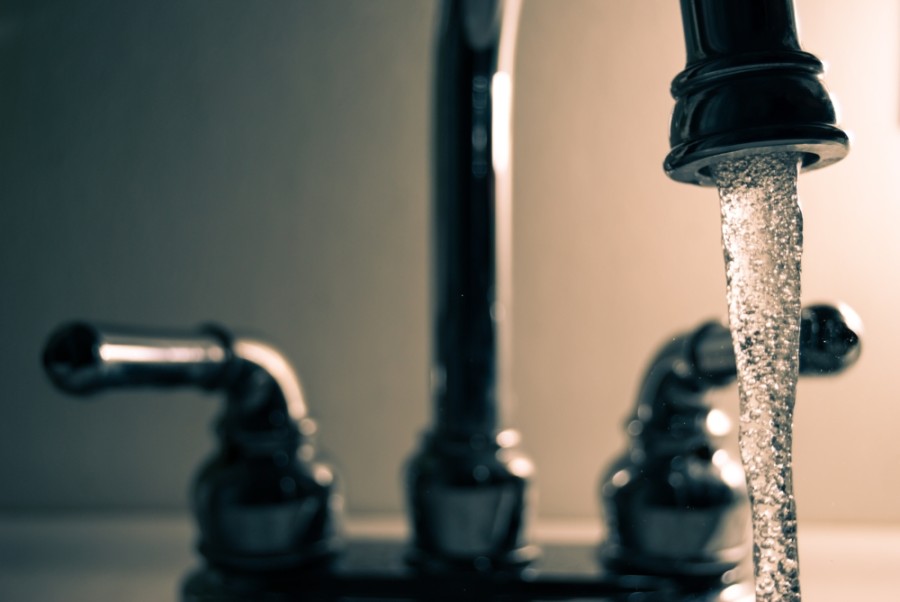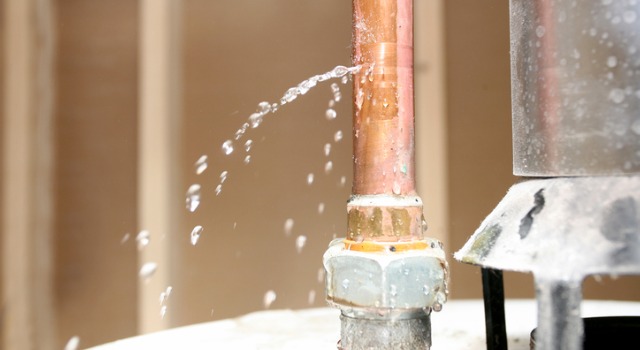Every person will have their own individual way of thinking in relation to Water Damage Restoration Do’s And Don’t.

What should you do if a water pipe bursts in your house, producing a mini-waterfall as well as swamping a location of your residence? In this scenario, you must act fast. The longer you wait, the a lot more extreme the water damages in your home. When an emergency such as this occurs, presence of mind is crucial. For these reasons, you need to learn what to in case of a burst water pipe. Check out the following tips listed below to aid you act quickly due to the fact that time is important.
Shut down the Key Waterline Valve
The first thing you have to do is close the shut-off shutoff. Try to find the regional shut-off valve to turn-off water in one specific location only. If you don't know where the local shut-off valve to the fixture is, you need to turn-off the major waterline valve. This will remove the water in your whole house. Generally, the major valve is found outside the home alongside the water meter. If it's not there, you can likewise find it in the cellar at an eye-level or it could be in the first floor on the ground. Generally, home builders but the shut-off shutoff in the main ground degree restroom or appropriate beside it.
Call Water Damages Remediation Pros for Aid
After closing the water resource, call the pros for help. With their professional aid, you can mitigate exacerbation since water can permeate through your things resulting in deformed walls, loose ceramic tiles, or damages framework.
Document the Damage For Insurance policy
As you are waiting for the pros to arrive, document the damage triggered by the errant pipeline. Remaining aggressive with this permits you to submit a case for coverage, which will certainly aid you and also your family members obtain back on your feet.
Salvage Points That Can Be Conserved
As soon as you're done taking images, read the things and also obtain one of the most important ones from the stack. Dry them off and also attempt to maintain as high as you can. Drag them far from dampness so they can start to dry.
Begin the Drying Refine
Lastly, while waiting on the pros, you can begin the drying process. Luckily, water from your waterlines are clean so you don't have to worry about sewage system water. The moving water might have disrupted the dust and particles in your floorboards and carpets. So be prepared with handwear covers as you make use of containers to dispose out the water. Blot out as a lot as you can with old towels. You can likewise turn on an electric fan or open windows to advertise air blood circulation. This will quicken drying out and deter mold and mildew as well as mildew development.
Professionals are the just one certified to fix the burs pipelines as well as succeeding damages. And remember, pipelines don't just unexpectedly burst. You will typically see red flags like bubbling paint, odd noises in the plumbing, stuffy odor, caving ceiling, peeling off wallpaper, or water stains. Take notice of these things, so you can nip any kind of problems in the bud.
What should you do if a water pipe bursts in your residence, producing a mini-waterfall and also flooding a location of your home? For these reasons, you require to learn what to in case of a ruptured water pipe. After shutting the water resource, call the pros for help. With their expert assistance, you can mitigate exacerbation due to the fact that water can seep with your points resulting in distorted walls, loosened tiles, or damages framework. Fortunately, water from your waterlines are tidy so you do not have to worry regarding sewage system water.
BROKEN WATER PIPES: COST TO REPLACE & WAYS TO FIX A PIPE
CAUSES OF A BROKEN WATER PIPE
A water pipe can break for several reasons depending on the environment you live in, type of pipe, and circumstances.
The most common cause of broken pipes is freezing. If you live in a colder climate, this could happen. When water freezes it increases in volume by 9% and the pressure in the pipes can go from 40 psi to 40,000 psi. Clearly, this could be detrimental to the pipes. Water freezing causes quick expansion, which puts stress on the pipes and could lead them to crack or weaken. When water thaws, it will leak out the cracks. Other changes in water pressure can also cause breakage. Another common cause of broken water pipes is age.
Depending on the material, water pipes can last anywhere from 70-100 years. But the older they get, the more susceptible they are to weakening and corroding. Older pipes coming into contact with another material could speed up the corrosion process as well. PVC pipes can become brittle with age, while copper is prone to corrosion and stress over time. Something that could also potentially break water pipes is when they move. They may move from construction or the house settling. Moving can stress the fixed pipe which may lead to a leak or burst pipe.
HOW MUCH WATER COULD LEAK INTO YOUR HOUSE FROM A BROKEN PIPE?
The amount of water that leaks depend on how big the break in a pipe is. If it is just a minor crack, water will slowly leak out. This isn’t as serious as a full broken pipe, but it can still cause significant damage to your home. Burst pipes can leak up to 10 gallons of water per minute. The amount of water leaked also depends on what appliance is involved. The water line to your refrigerator can leak ½ to 1 gallon per minute depending on water pressure. One toilet supply line may leak 2-3 gallons a minute and a washing machine hose will leak up to 10-12 gallons per minute.
TURN THE WATER OFF
Doing this first is imperative; everything else can wait. You need to deactivate the water supply to stop the flow of water and prevent more water from leaking into your home. Shutting off the water could potentially save you thousands in water damage repairs. Locating the water shutoff valve depends on the climate you live in. For colder climates, the valves are usually inside, such as in the basement. For houses in milder weather, the shutoff valves will probably be outside—either attached to an exterior wall or in an underground box with a removable lid.
OPEN A FAUCET
The next thing to do is to open a faucet or turn on a sink. This will relieve any remaining water pressure in the pipes and ensure a full-shut down.
GET RID OF THE WATER
The quicker you get rid of the water, the less water damage and mold there could be. Use a mop and a shop vacuum to help get clean up the water. Use towels to dry everything the best you can.
CUT AND REMOVE THE DAMAGED PIPE
Once you have shut off the water and drained the damaged water pipe, you can begin to fix the issue. Cut out the damaged section of the pipe with a pipe cutter, ensuring that you also cut one inch extra on each side of the damage. Once you get rid of the broken part of the pipe, you may begin repairs.
https://www.wmhendersoninc.com/blog/broken-water-pipes-cost-to-replace-ways-to-fix-a-pipe/

I recently found that post about The Do’s And Don’ts When Water Floods Your Home while doing a lookup on the web. Be sure to take the opportunity to distribute this page if you appreciated it. I cherish reading our article about Water Damage Restoration Do’s And Don’t.